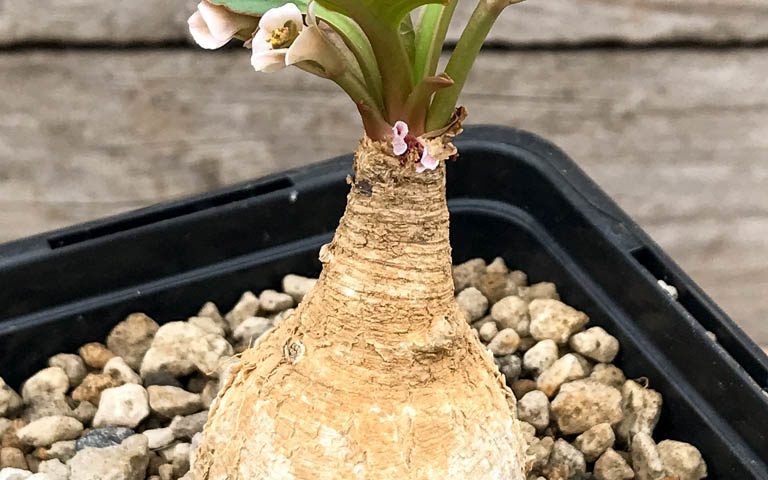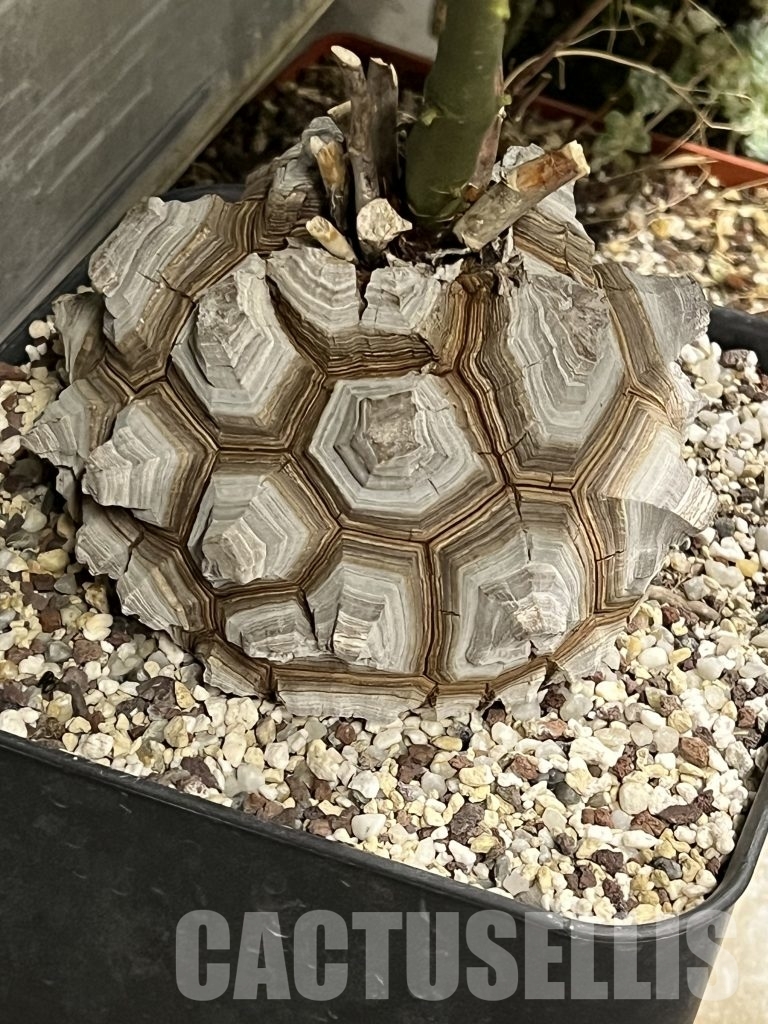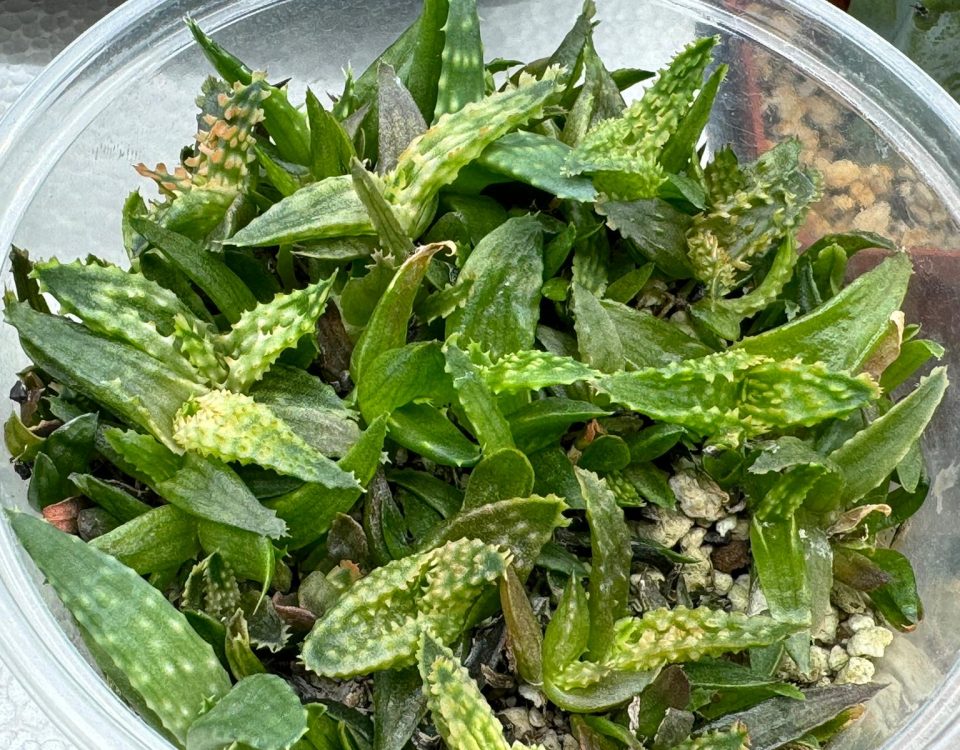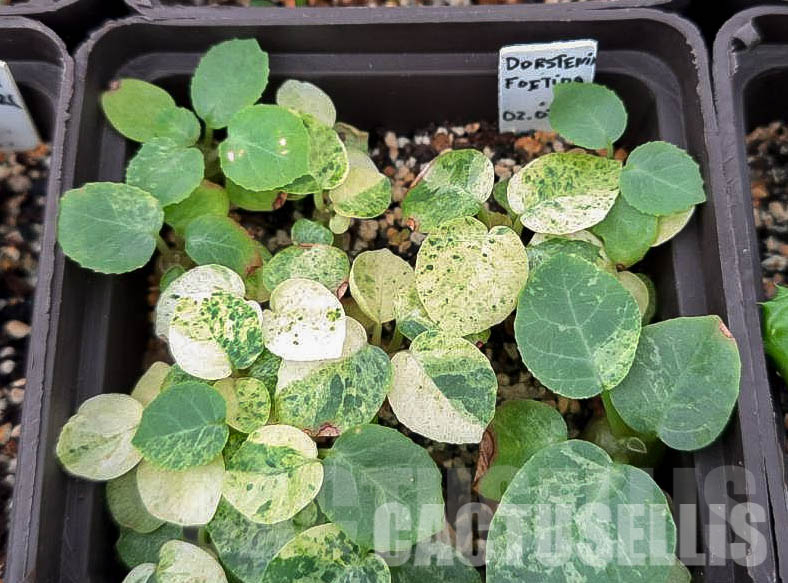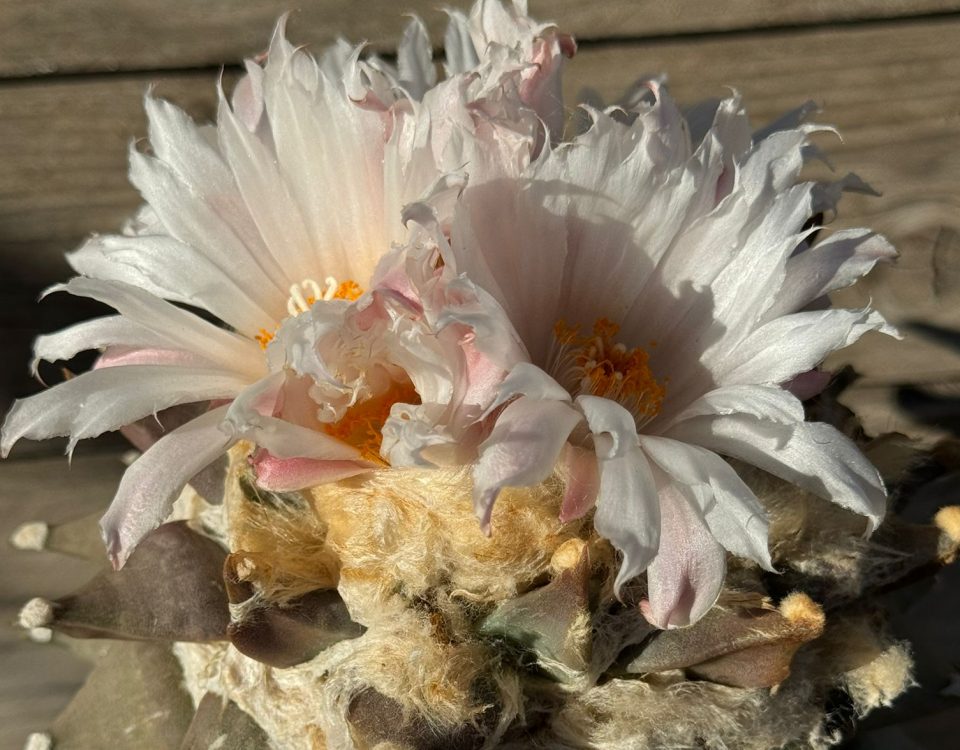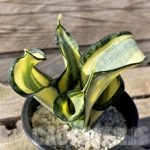


Terrarium plants
November 23, 2023


Growing succulents and cacti from seeds
November 27, 2023How to take really good care of a Caudex plant?
The majority of these strange and truly unique plants are interesting because they combine succulent characteristics in the form of a thickened Caudex – a reservoir where water and nutrients are stored, plus characteristics of ordinary mesophytic plants due to the presence of shoots, which grow at the beginning and die at the end of the growing cycle. As a result, the care of these magnificent plants differs from that of other succulents.
Location:
Caudiciform plants should be situated in a way that prevents passers-by or pets from touching them, as the young shoots are very delicate and readily break.
It is crucial to note that the juice of several species (Adenium, Pachypodium, and Jatropha) can be hazardous to pets if consumed.
You must plan ahead of time for the growth of plants that form long creepers.
The right pot:
Caudiciform plants require pots that are suited to their root system. You should not expect a Big Caudex to establish large roots; this usually results in rotting and loss owing to moisture stagnation in a vast volume of soil. Shallow yet broad pots are better for species with thin surface roots (Dioscorea, Calibanus, Cedrostis, Nolina, Stephania), whereas deeper pots with many drainage holes are better for Caudexes with pronounced thickened main roots (Adenia, Adenium, Cyphostemma, Euphorbia, Fockea).
Substrate:
The substrate used for most succulents is appropriate for these plants; the optimal combination is 80% mineral components (agroperlite, sand, lava, pumice, zeolite) and 20% organic (non-acidic peat, coconut soil, caudiciform plants). An important requirement for planting is the absence of dust as well as adequate water and air permeability of the substrate. We recommend sterilizing the moistened soil in the oven for around 1 hour or in the microwave oven for up to 10 minutes at maximum power before planting the plants. Don’t forget to provide a drainage layer of at least 2 cm. It is advisable to employ a bigger fraction of soil mineral components.
Lighting exposure:
Because most Caudiciform plants grow in the shade of bushes or grasses in nature, indirect but bright enough lighting is appropriate for many. It is vital to shield the Caudex from direct sun exposure, which can cause serious burns to the latter. These plants thrive in artificial light. It is feasible to utilize regular white light as well as Plant Grow Lights in conjunction. The length of daylight should not be less than eight hours.
Watering:
Caudiciform plants, like all succulents, do not require frequent watering. Watering is required throughout the growing season (April-October), when the soil dries up. It is necessary to endure a period of up to 5 days when the soil is entirely dry, which stimulates the growth of thin roots that seek moisture. Watering should be done sparingly or not at all from late autumn to early spring, when most plants enter a period of rest, until new shoots sprout in the spring-summer season. It is crucial to note that some species from the Earth’s southern hemisphere (Othonna, Tylecodon) like to grow in the winter, thus they must be properly hydrated and be kept warm.
The right temperature:
These plants prefer heat and cannot endure extended cooling below +10 °C, which causes Caudex rotting and death. Temperatures ranging from +18 °C to +30 °C are ideal for keeping these plants alive.
Seasonal care:
These plants, as you may have surmised, have distinct life rhythms connected with the growth of annual shoots or leaves during the growing season and their “death” during the resting phase. When the plants are actively growing, try to offer them adequate lighting, watering, and fresh air movement. You can also do a one-time feeding with succulent fertilizers. When the plants start to lose their leaves and the shoots start to dry up and die, prune them and gradually lessen the watering until it stops completely. Because the Caudex in most species is coated with bark and does not photosynthesize, you can place the plant in a less lighted location during this period of rest.
There is a variety of Caudiciform plants available in our shop. We hope that our tips and recommendations will help you in caring for these wonderful plants.
